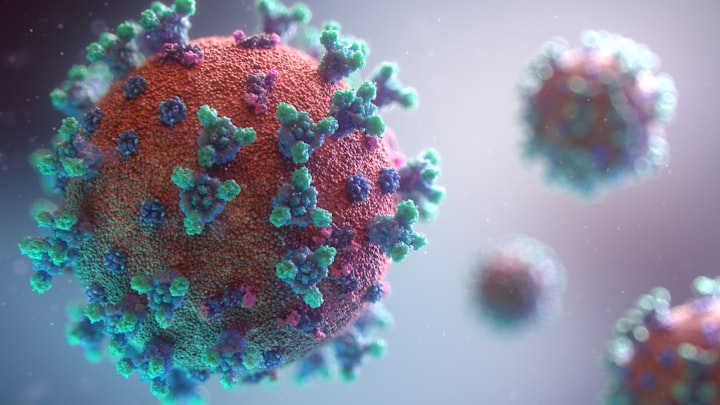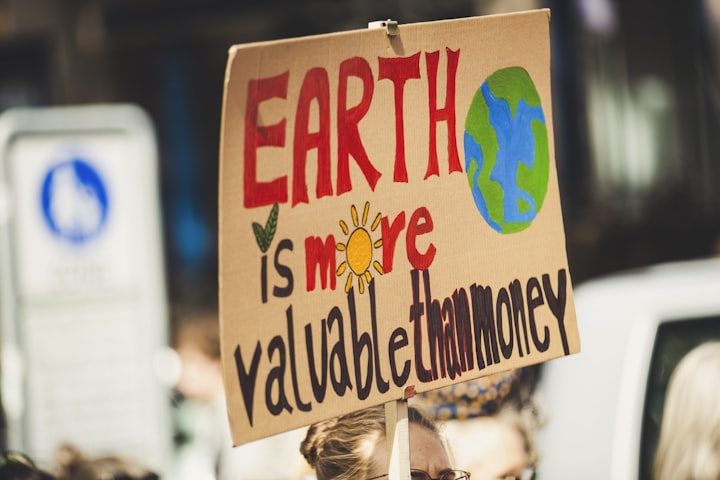Coronavirus, also known as COVID-19
What happens after coronavirus shuts the world down present and future

The idea of the world being completely shut down due to the coronavirus pandemic is quite extreme, and it's essential to note that while the pandemic has caused significant disruptions, it hasn't completely brought the world to a standstill. However, if we consider a scenario where the pandemic is effectively contained and restrictions are lifted, several things are likely to happen:
Economic Recovery: Businesses that were temporarily closed or severely affected by the pandemic would gradually reopen, leading to economic recovery. Governments and organizations would implement strategies to stimulate growth, support affected industries, and create new job opportunities.
Resumption of Travel and Tourism: Travel restrictions would be lifted, and people would regain the freedom to explore and visit other countries. The tourism industry would revive, leading to an increase in domestic and international travel as people embark on long-awaited trips and vacations.
Return to In-Person Education and Work: Schools, colleges, and universities would resume in-person classes, allowing students and teachers to return to a more traditional learning environment. Many people would also transition back to working from physical offices, fostering collaboration and face-to-face interactions.
Social Reconnection: With the lifting of restrictions, people would reconnect with friends, family, and communities. Social gatherings, events, and celebrations would resume, providing opportunities for people to come together and rebuild social connections.
Emphasis on Health and Hygiene Practices: While the world opens up, the importance of health and hygiene practices would remain. People would continue to prioritize handwashing, sanitization, and other preventative measures to minimize the risk of future health crises.
Reflection and Preparation: The pandemic experience would lead to reflection and preparation for potential future challenges. Governments, organizations, and individuals would analyze the lessons learned from the pandemic to improve healthcare systems, crisis management protocols, and global cooperation in handling future crises.
Technology and Remote Work: The pandemic accelerated the adoption of remote work and digital solutions. Even after restrictions are lifted, many organizations may continue to embrace remote work options and digital tools, leveraging the lessons learned during the pandemic to create more flexible work environments.
Mental and Emotional Recovery: The pandemic has taken a toll on mental health, and after its subsidence, there would be a focus on mental and emotional recovery. Support systems, counseling services, and mental health resources would be prioritized to address the psychological impacts of the pandemic.
It's important to acknowledge that the aftermath of the pandemic would vary across regions and countries based on their unique circumstances and responses to the crisis. Additionally, the duration and severity of the pandemic's impact would also influence the specific steps taken during the recovery phase.
While it is impossible to predict the future with certainty, we can consider some potential scenarios for the aftermath of a situation where the world experiences a significant shutdown due to the coronavirus pandemic. Here are some possibilities for the present and future:
Present:
Gradual Reopening: As vaccination efforts increase and the spread of the virus is brought under control, governments may gradually lift restrictions and reopen businesses, schools, and public spaces. This would allow for a return to a semblance of normalcy, although with ongoing precautionary measures in place.
Continued Health Measures: Even as restrictions ease, public health measures such as mask-wearing, social distancing, and hand hygiene may continue to be encouraged to prevent potential outbreaks and new variants of the virus.
Vaccine Distribution and Variants: Vaccination campaigns would continue on a global scale, with efforts to ensure equitable distribution. The emergence of new variants might require ongoing monitoring, adjustments to vaccine formulations, and potential booster shots to maintain immunity.
Economic Recovery: Governments would implement strategies to stimulate economic recovery, support affected industries, and provide assistance to individuals and businesses impacted by the shutdown. This may involve stimulus packages, financial aid, and investment in key sectors.
Future:
Health Preparedness: Governments and health organizations would invest in strengthening healthcare systems and improving pandemic preparedness. Lessons learned from the COVID-19 pandemic would inform strategies to mitigate future health crises and ensure swift and effective responses.
Changes in Work Culture: The pandemic has accelerated the adoption of remote work and flexible work arrangements. In the future, hybrid work models may become more common, with a blend of in-person and remote work, allowing for increased flexibility and work-life balance.
Digital Transformation: The pandemic has highlighted the importance of digital technology in various aspects of life, from remote work and e-learning to telemedicine and online shopping. The future may see a continued emphasis on digital transformation across industries, with increased reliance on technology and online platforms.
Global Collaboration: The experience of a global shutdown and the interconnectedness of the world during the pandemic may foster increased international collaboration on public health, research, and crisis management. Countries and organizations may work together more closely to develop early warning systems and strengthen cooperation in responding to future global health challenges.
Mental Health Support: The pandemic has had a significant impact on mental health globally. In the future, there may be increased recognition and prioritization of mental health support services, including accessible counseling, therapy options, and resilience-building programs to address the long-term psychological effects of the pandemic.
Sustainable Practices: The pandemic has provided an opportunity for reflection on the relationship between human activities and the environment. In the future, there may be a greater focus on sustainability, with efforts to reduce carbon emissions, promote renewable energy, and implement environmentally friendly practices across sectors.
It's important to note that these scenarios are speculative, and the actual outcomes will depend on various factors such as the progress of vaccination efforts, the effectiveness of public health measures, societal responses, and the potential emergence of new challenges. The world's recovery from the pandemic is a complex process that will unfold over time.






Comments
There are no comments for this story
Be the first to respond and start the conversation.